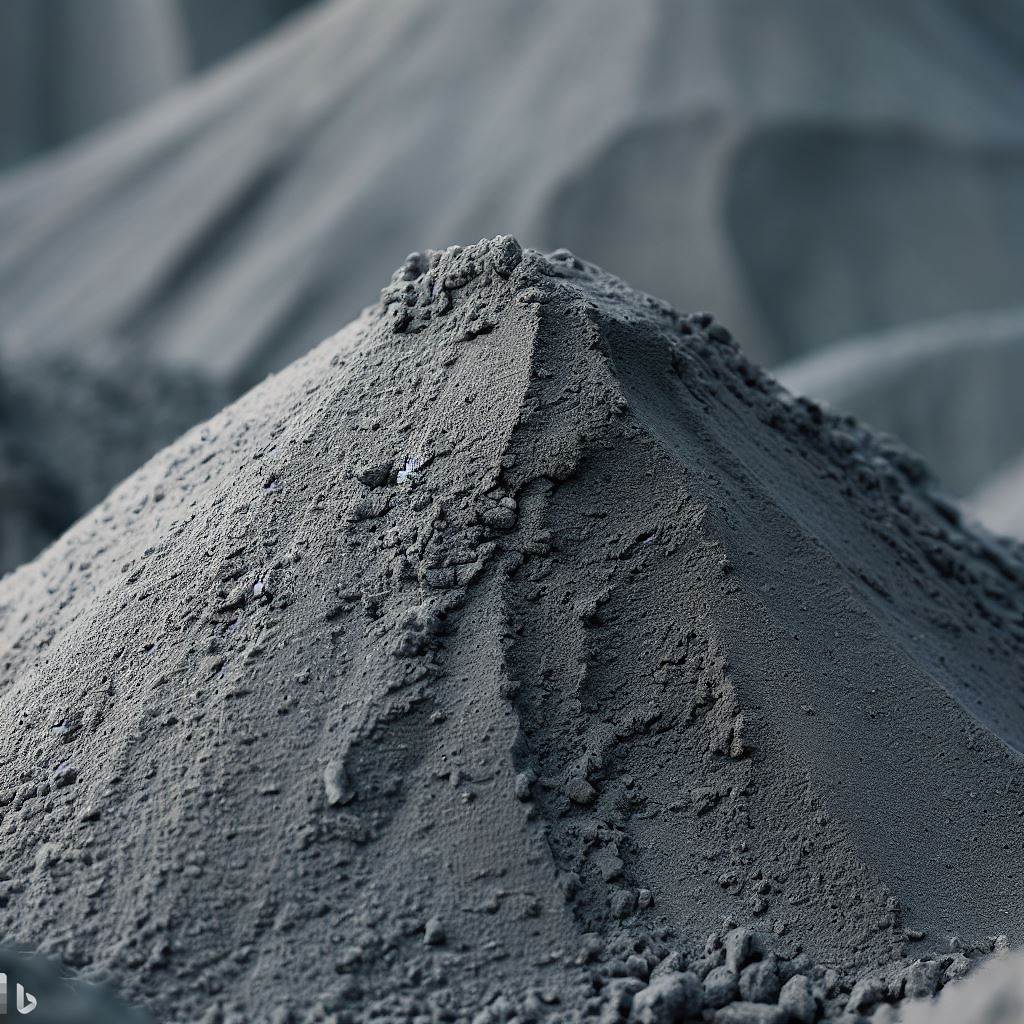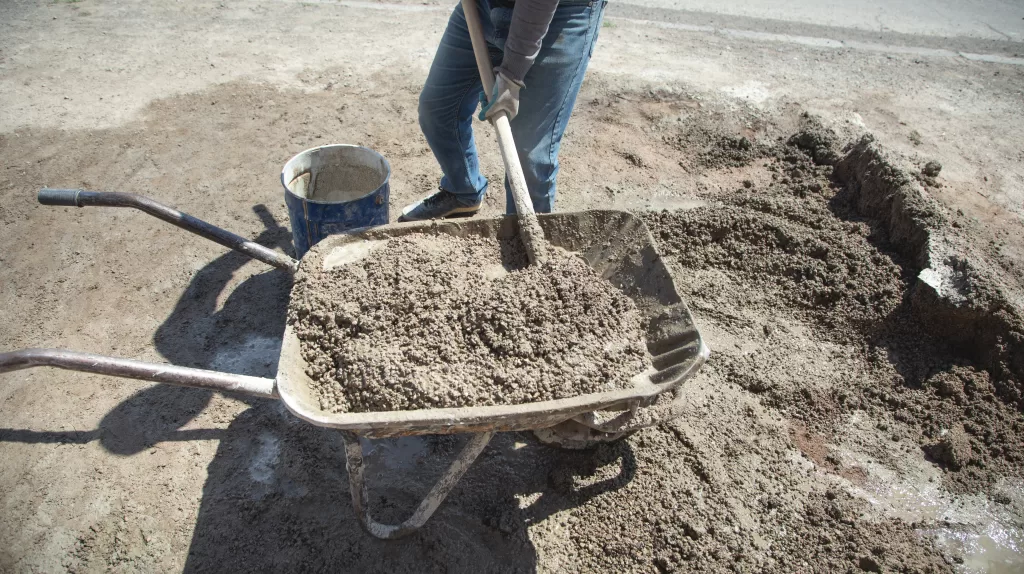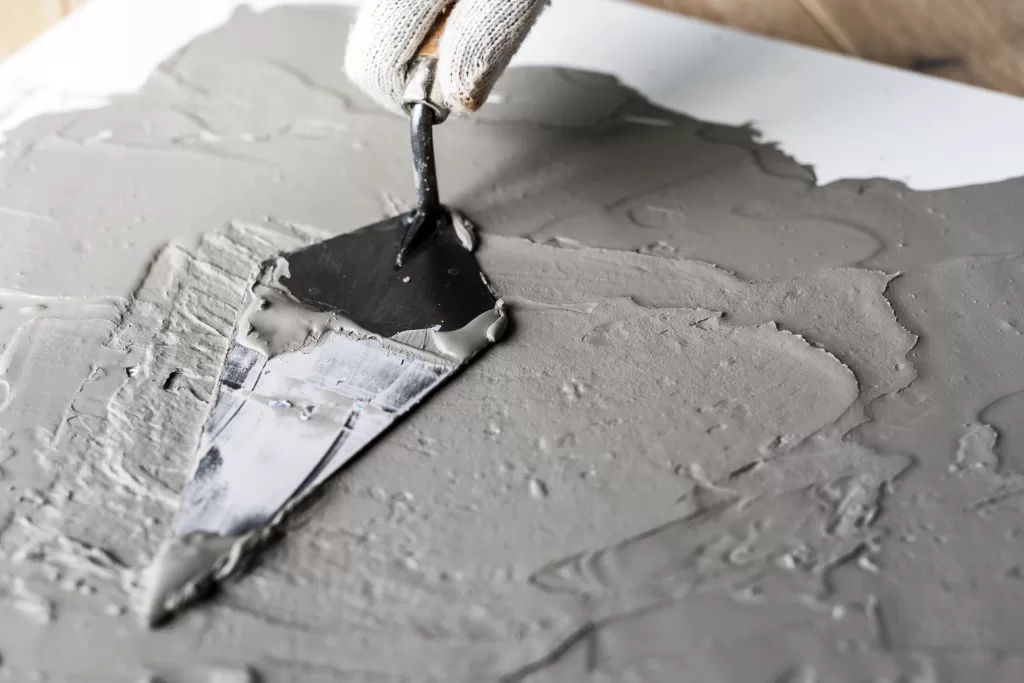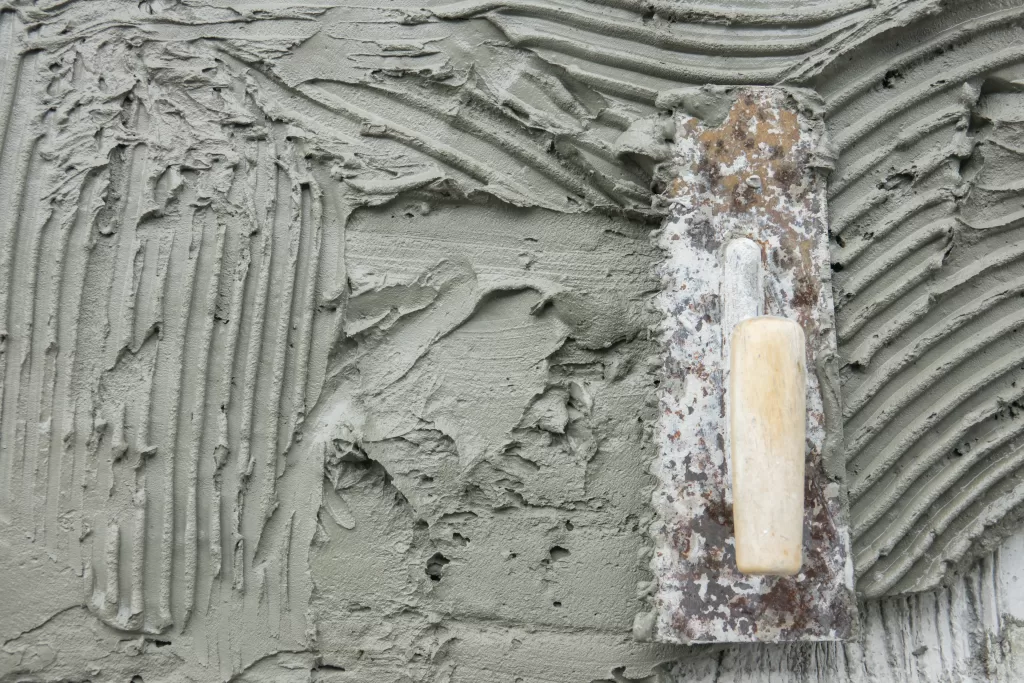Construction and cement go hand-in-hand. Whether it is construction of homes, offices, bridges or pavements, cement plays a key role. While cement can be any binding substance that hardens when it’s set, the term is mostly synonymous with construction of buildings. In this article, we learn about what cement is, how it’s made, its types, benefits and more.
Cement – Definition
Cement is defined as a binding agent that is used to bind various construction materials. Given its adhesive and cohesive properties, it is an essential ingredient of concrete and mortar. Cement is mixed with water to form a paste that binds aggregates like sand or crushed rocks. Calcium, silicon, iron and aluminium compounds are closely ground to form a fine powdered product – cement.
The usage of cement in various forms has been advent through the years. In the ancient times, crushed pottery, volcanic ashes, and other items were used as cement. In 1824, Joseph Aspdin created the precursor to modern-day cement – Portland cement.
How is Cement Made?
Now that you know the meaning of cement, let’s understand how it’s made:
- Rock quarries are blasted with explosives to get limestone (calcium carbonate) and clay. These raw materials are transported to crushing units to be crushed into smaller particles.
- The above raw material is then mixed with additional components like silica, iron ore, etc., to make the required cement type.
- Various types of grinding mills are used to ground the above mixture into a homogenous mixture.
- This mixture is fed into a kiln that burns it at extremely high temperatures. A process known as sintering converts the mixture into clinker. The clinker resembles marble-sized pebbles.
- Next, the clinker is cooled down and stored in silos and later ground into a fine powder (cement) with grinding mills.
- The cement is packed into different types of packaging and shipped.
What are The Types of Cement?
Cement can be categorised into two main types – hydraulic and non-hydraulic cement.
Hydraulic cement is formed by the reaction of powdered cement with water. You can use it for all types of construction, including underwater construction projects. Non-hydraulic cement sets and becomes adhesive due to carbonation. You can use it for various construction projects, except underwater construction projects.
Hydraulic cement is the most commonly used cement. Portland cement is a type of hydraulic cement that’s been a preferred choice for architects, engineers, and constructors. The primary reason behind its popularity is its ability to harden quickly.
Per the Bureau of Indian Standards (BIS), the different types of Portland cement are as follows:
Ordinary Portland Cement (OPC)
When Portland cement clinker is mixed with gypsum, it forms OPC. OPC is further divided into three types, depending on their grade. The grade of cement is its compressive strength.
-
OPC 33:
OPC with a compressive strength of 33MPa at 28 days is termed as OPC 33. It is suitable for all types of construction, particularly masonry and plastering. -
OPC 43:
OPC with a compressive strength of 43MPa at 28 days is termed as OPC 43. This type of cement can be used for high strength concrete work. -
OPC 53:
OPC with a compressive strength of 53MPa at 28 days is termed as OPC 53. OPC 53 is mostly used for precast concrete, prestressed concrete, long span structures like bridges, tall buildings, etc.
Portland Pozzolana Cement (PPC)
Fly ash pozzolana or calcined clay pozzolana or a mixture of both is intimately ground with Portland clinker and gypsum (optional) to form PPC. PPC can be used in all types of construction, including marine and hydraulic construction.
Portland Slag Cement (PSC)
Granulated slag is ground with Portland cement clinker, gypsum and other additives to form PSC. Slag is the by-product of smelting ores. PSC is also suitable for all types of construction. However, it is mostly used in marine works.
Properties of Cement
The following are the various physical properties of cement:
-
Fineness:
It is the size of the particles of the cement. The desired fineness can be achieved by adjusting the grinding of the clinker. -
Soundness:
Soundness is the ability of the cement to resist shrinking upon hardening. The Le-Chatelier test and Autoclave test help determine the soundness of cement. -
Consistency:
Consistency of cement is the cement paste’s viscosity or its ability to flow. -
Strength:
The compressive, tensile and flexural strength of cement is measured to assess the durability of cement after an elongated period. -
Setting Time:
The setting time of cement is defined as the time required for the concrete to change from its liquid state to plastic state, and then from the plastic state to solid state. -
Heat of Hydration:
It is the energy generated when water comes in contact with cement. Heat of Hydration is a critical factor of curing concrete. -
Loss of Ignition:
It is the process of measuring weight change of cement sample after it has been heated. Loss of ignition helps indicate adulteration of cement due to transportation or other factors. -
Bulk Density:
Bulk density is the mass per unit of cement in a definite volume. -
Specific Gravity:
The specific gravity or relative density of cement is defined as the ratio of the mass of cement to the mass of the reference material which is usually water.
No matter the construction type, explore a wide range of JK Cement to meet all your construction needs.
FAQs
What is the difference between concrete and cement?
Cement is a binding agent that is used to make concrete. Cement is mixed with water to form a paste that adheres to fine or coarse aggregates to form a concrete mix. The concrete is then used in construction of various sizes.
What are the types of setting time of cement?
Setting time is classified into initial and final setting time. Initial setting time is when the cement paste starts to lose its state of plasticity and hence it must be placed in position. Final setting time is when the cement paste loses its plasticity completely.
How do I create strong concrete structure?
You must consider several factors like the cement to aggregate to water ratio per your ambient conditions. You must also allow the concrete to cure properly. The chemical reactions that occur during the curing process help provide strength to the concrete.
















